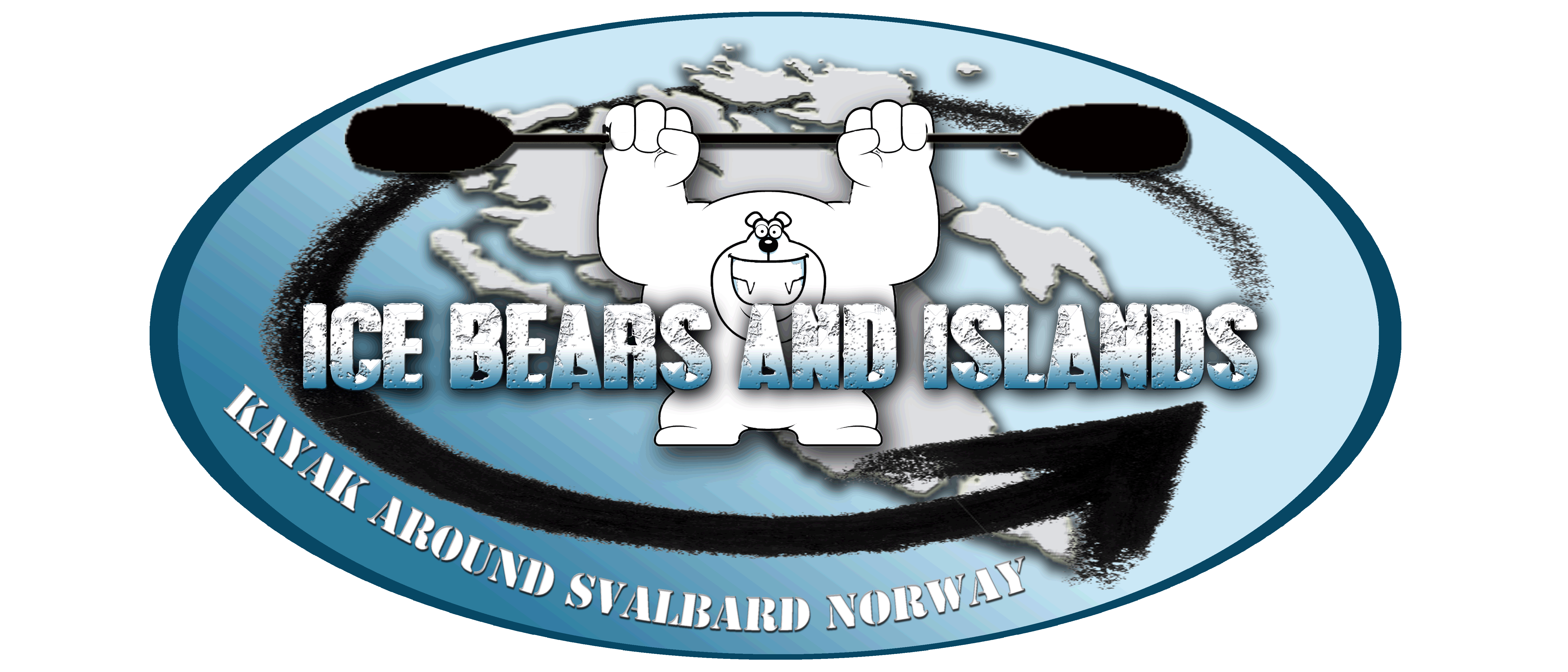Ocean swell rolls by, stormy with frothy tops, as the wind almost howls and with a flurry of wings hundreds of Murres erupt from the water in front of our bows. Like flying penguins these black and white birds launch into the sky or dive below the surface as we come driving forwards, often mere centimetres from them when they choose to evade up or down. The sky is filled with them and often they choose to fly in close over us or land right next to us, almost as if they think we are some ocean going beast that they can feed next too. The winds are howling and the seas are raging as we surge past the cliffy shores of spitsburgen island; we left that morning hoping to reach an island 37kms south before a gale wind arrived… it caught us. We might be having fun if it wasn’t for, the large blue barrels strapped to the back of two kayaks, the fact I needed to pee about an 2 hours ago, and that the third kayak was captained by some one who had never paddled such water and was in peak experience mode (though doing really well). The day had started out well, after an initial decision not to go, we had decided to go, we started off having a great time sailing with the moderate winds past glacial faces and enjoying 11km an hour speeds, then the seas got to rough to safely sail, and then a mere 12kms from our destination the wind picked up and the seas increased, and as with all good frontal systems… The birds arrived. First it was the fulmars (related to petrols and albatross) the flew in gliding effortlessly and some times danced upon the water surface in one spot as they feed from the surface, then the murres appeared though mostly as we were passing their nesting area. Huge cliffs loomed beside us, striaghted like a many layered chocolate cake dusted in fresh snow from the hours before. These cliffs where were the murres nested perched high above away from predators, with their acutely angled eggs that, if a clumsy parent bumps them, roll around in circles on the cliffy nest edges rather than straight off to death. From here we finally entered the gap between a headland and an island and found a shelterd marshy cove to camp. No much wood for a fire, but lots of fresh water. We had just experienced the situation we initially choose to avoid, though thought we might be able to beat, luckily we survived with no incidents, though we knew it could have been worse, plus we didn’t know the coast line and there may not have been a place to land (or at least in these conditions). The tent went up and bodies warm in their sleeping bags after a quick meal, all but the one individual who was on Polar bear duty. Every camp we had to take turns at being awake, along with a rifle, as “a active polar bear guard”, the shifts where 2 hours long and shared between three people it meant we each did two shifts and during a 12 hour rest period we each got 8 hours sleep, and while in duty took care of what ever camp/personal choirs you had to do. The system worked well though had taken a week or so to adapt too. The next couple of days dried out as the winds started to subside, we got a fire going, and sorted out a cache spot. Finally in the third day at this location, we packed the barrells, moved them into location and tied logs over them and stacked rocks all over. Man or bear would have to work hard to get these barrels out. That evening we enjoyed a windless journey back up the hinlopenstretet and explored caves and took photos of the birds nesting on the cliffs almost down to sea level, we paddled past the glaciers once again even sighting a minke whale briefly. Eventually we returned to the camp we had left 3 days earlier. The next day had us sailing once again, this time with a consistent 15-17knot wind, that had us covering 37kms in a mere 4.5 hours and the. We paddled the last 12kms back to the original food cache. It was awesome to have for that little sun adventure out of the way, to have seen some awesome sights,and now it was onto Nordaustlandet. Jaime






